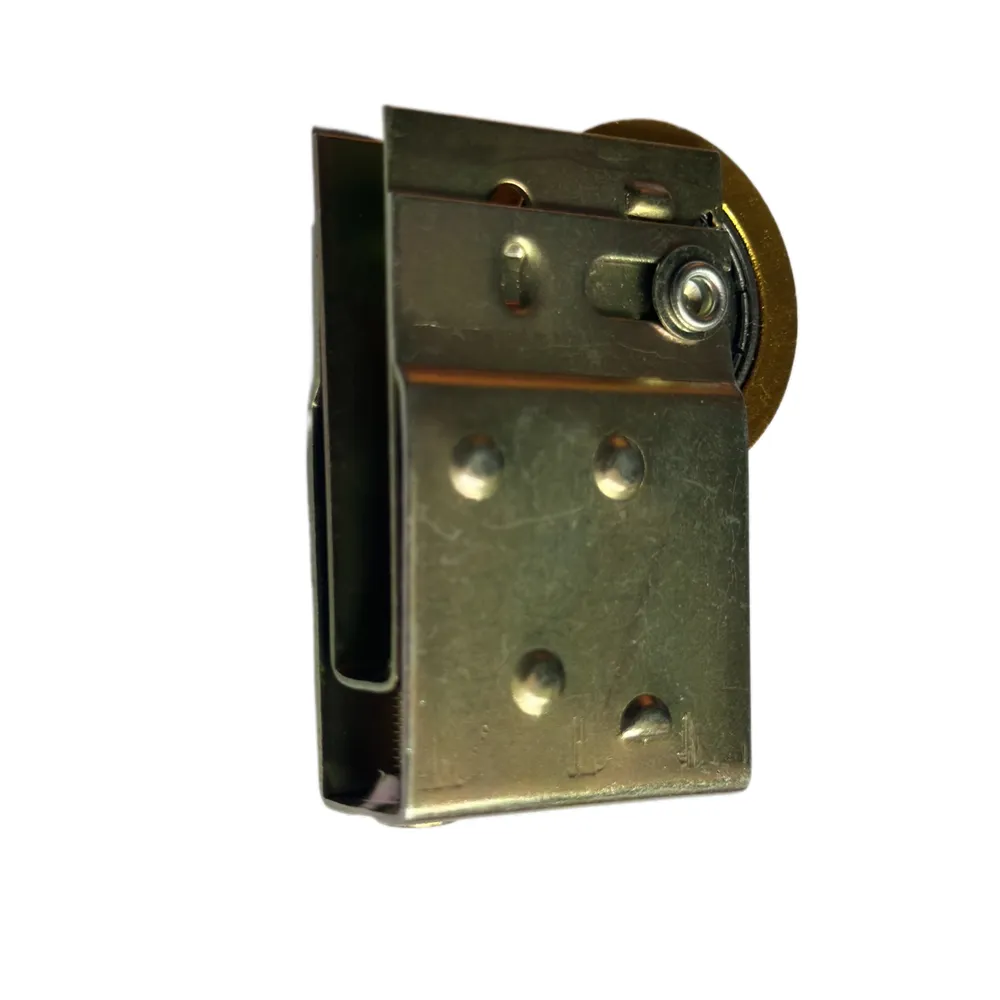Innovative Thermal Break Aluminum Profiles for Enhanced Energy Efficiency and Structural Performance
Understanding Thermal Break Aluminum Profiles
Thermal break aluminum profiles have emerged as a transformative solution in the construction and design of buildings. As energy efficiency becomes increasingly critical in modern architecture, these profiles offer a compelling way to enhance insulation, reduce energy consumption, and improve overall comfort in residential and commercial spaces.
What Are Thermal Break Aluminum Profiles?
At its core, a thermal break aluminum profile consists of an aluminum frame that is separated by a non-conductive material. This separation or thermal break inhibits heat transfer between the interior and exterior of a building. Typically, the non-conductive material is made of rigid PVC or similar polymers. By using this technology, not only is condensation reduced, but the profile also contributes significantly to energy savings by minimizing the need for excessive heating or cooling.
Benefits of Thermal Break Aluminum Profiles
1. Energy Efficiency One of the most significant advantages of thermal break aluminum profiles is their contribution to energy efficiency. Buildings account for a substantial portion of global energy consumption, primarily due to heating and cooling needs. By installing thermal break profiles, heat transfer is minimized. This means heating systems can operate at lower capacities, reducing energy costs and carbon emissions.
2. Enhanced Comfort With lower heat transfer, indoor temperatures remain more stable. This stability not only ensures comfort but also enhances the overall indoor air quality. In spaces with thermal break profiles, drafts and cold spots are diminished, making for a more pleasant living or working environment.
thermal break aluminum profile

3. Condensation Control Condensation can lead to a host of problems, including mold growth and structural damage. Thermal break profiles help control condensation by maintaining a higher surface temperature on the interior side of the frame. This feature is particularly crucial in regions with extreme weather conditions where moisture buildup can be a common issue.
4. Design Flexibility Aluminum is a versatile material that can be easily molded into various shapes and sizes. This flexibility allows architects and designers to create innovative designs without sacrificing the thermal properties of the building envelope. Thermal break aluminum profiles can be used for windows, doors, curtain walls, and other architectural elements, providing aesthetic appeal alongside functionality.
5. Durability and Low Maintenance Aluminum is known for its strength and resistance to corrosion, making it a long-lasting material. Thermal break profiles maintain their performance over time with minimal maintenance, which is a crucial factor for both homeowners and builders looking for cost-effective solutions in the long run.
Conclusion
In conclusion, thermal break aluminum profiles represent a significant advancement in sustainable architecture. As the world increasingly acknowledges the importance of energy efficiency and environmental responsibility, these profiles offer a practical and effective solution. They provide substantial benefits, from improved energy efficiency and comfort to reduced condensation and a wide range of design possibilities.
As we move forward, the integration of thermal break aluminum profiles will likely become more commonplace in new construction and renovation projects. Embracing this technology is not just a trend but a necessary step toward creating more sustainable and comfortable living spaces. Ultimately, as we consider our architectural choices, incorporating thermal break aluminum profiles could lead to the creation of buildings that are not only aesthetically pleasing but also energy-efficient and environmentally responsible.
-
Wrought Iron Components: Timeless Elegance and Structural StrengthNewsJul.28,2025
-
Window Hardware Essentials: Rollers, Handles, and Locking SolutionsNewsJul.28,2025
-
Small Agricultural Processing Machines: Corn Threshers, Cassava Chippers, Grain Peelers & Chaff CuttersNewsJul.28,2025
-
Sliding Rollers: Smooth, Silent, and Built to LastNewsJul.28,2025
-
Cast Iron Stoves: Timeless Heating with Modern EfficiencyNewsJul.28,2025
-
Cast Iron Pipe and Fitting: Durable, Fire-Resistant Solutions for Plumbing and DrainageNewsJul.28,2025
-
 Wrought Iron Components: Timeless Elegance and Structural StrengthJul-28-2025Wrought Iron Components: Timeless Elegance and Structural Strength
Wrought Iron Components: Timeless Elegance and Structural StrengthJul-28-2025Wrought Iron Components: Timeless Elegance and Structural Strength -
 Window Hardware Essentials: Rollers, Handles, and Locking SolutionsJul-28-2025Window Hardware Essentials: Rollers, Handles, and Locking Solutions
Window Hardware Essentials: Rollers, Handles, and Locking SolutionsJul-28-2025Window Hardware Essentials: Rollers, Handles, and Locking Solutions -
 Small Agricultural Processing Machines: Corn Threshers, Cassava Chippers, Grain Peelers & Chaff CuttersJul-28-2025Small Agricultural Processing Machines: Corn Threshers, Cassava Chippers, Grain Peelers & Chaff Cutters
Small Agricultural Processing Machines: Corn Threshers, Cassava Chippers, Grain Peelers & Chaff CuttersJul-28-2025Small Agricultural Processing Machines: Corn Threshers, Cassava Chippers, Grain Peelers & Chaff Cutters












